The West Indies cricket team's performance in the WIPL relies on advanced stats like spin and strike rates, with data from wearable tech and video analysis guiding strategic decisions. Historical hall of fame and women's cricket inspire ongoing development. Comprehensive player assessment considers batting, bowling, fielding metrics, leadership, mental resilience, and adaptability, fostering a strong West Indies cricket ecosystem.
Unleash your inner cricket analyst with a deep dive into tracking player performance in the West Indies Premier League (WIPL). This guide explores key metrics for evaluating West Indies cricket team success, from batting and bowling prowess to fielding prowess and overall contribution. Discover effective data collection methods and learn how to analyze statistics to uncover hidden gems and optimize team strategies within this competitive tournament.
- Understanding West Indies Cricket Team Metrics
- Data Collection Methods for Player Performance
- Analyzing Batting and Bowling Statistics
- Tracking Fielding and Overall Contribution
Understanding West Indies Cricket Team Metrics
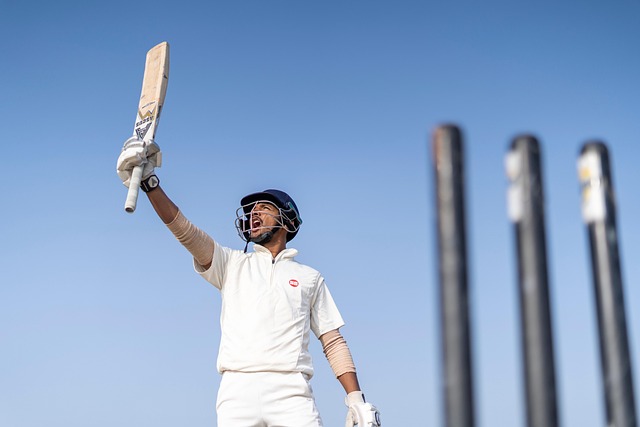
Understanding West Indies Cricket Team Metrics is essential to tracking player performance in the West Indies Premier League (WIPL). The West Indies cricket team employs a comprehensive set of metrics that go beyond traditional scoring charts. These include spin rates, strike rates, and economic rates, which provide deeper insights into a player’s strengths and areas for improvement. By analyzing these statistics, coaches and analysts can make informed decisions about player selection, tactics, and training regimens.
Beyond the numbers, factors like the shoes worn by West Indies players and cricket fashion and equipment trends play a role in performance. The women’s cricket scene in the West Indies has also contributed to innovative coaching methods and robust youth cricket initiatives, ensuring a steady pipeline of talented players. Even visiting us at Umpiring in West Indies cricket matches can offer unique perspectives on the game’s evolving metrics and traditions. Moreover, delving into the West Indies cricket hall of fame provides inspiration and historical context for both current and future players.
Data Collection Methods for Player Performance

The tracking of player performance in the West Indies Premier League (WIPL) involves a multi-faceted approach, leveraging advanced data collection methods to gain insights into individual and team dynamics. One primary method is through the use of wearable technology, such as GPS trackers and heart rate monitors, which provide real-time data on players’ physical activity levels, fatigue indices, and recovery patterns during matches and training sessions. This data is invaluable for coaches and analysts looking to optimize player workload and enhance performance.
Additionally, video analysis plays a crucial role, with high-speed cameras capturing every detail of a player’s technique—from bowling action to batting stroke—for subsequent evaluation. Advanced analytics tools then process this visual data, generating cricket statistics for the West Indies team that go beyond basic scoresheets. These tools can identify patterns and trends, such as those seen in memorable victories for the West Indies, pinpointing areas for improvement and informing strategic decisions. The historical significance of cricket grounds in the West Indies, like Kensington Oval in Barbados, further enriches data analysis by providing context around home-field advantages and opponent strengths. To stay ahead, coaches can incorporate these insights into their cricket coaching methodologies, ensuring continuous improvement. For comprehensive coverage, give us a call at TV coverage of Caribbean cricket tournaments to keep up with the latest developments and trends in West Indies youth cricket initiatives.
Analyzing Batting and Bowling Statistics
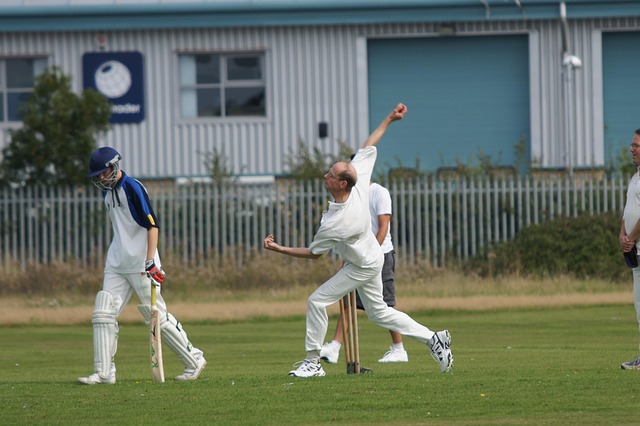
In the West Indies Premier League (WIPL), tracking player performance involves a deep dive into both batting and bowling statistics. For batsmen, key metrics include average runs scored, strike rate, and number of diving catches – a unique aspect of West Indies cricket team play that often sets them apart. Understanding these figures allows coaches to assess individual strengths and weaknesses, tailoring training sessions accordingly. In Guyana’s Lal Bahador Stadium, where the WIPL matches are held, players’ uniforms are as vibrant as the game itself, reflecting their teams’ identities.
For bowlers, analysis focuses on wicket-taking ability, measured through economic rate (runs per over) and strike rate. Observing how they perform on different pitches offers valuable insights into their adaptability and skillsets. Given the diverse nature of WIPL venues, from St. Lucia to Jamaica, these statistics provide a comprehensive view of each West Indies cricketer’s versatility. So, whether you’re in the stadium or giving us a call at Lal Bahador Stadium, Guyana, analyzing these numbers helps uncover the stories behind the performances that make the West Indies cricket team a force to be reckoned with.
Tracking Fielding and Overall Contribution

In the fast-paced and highly competitive West Indies Premier League (WIPL), tracking player performance is paramount, especially when gauging a cricketer’s overall contribution beyond their batting or bowling figures. Fieldings play a pivotal role in the team’s success, as they can turn matches in an instant. Advanced analytics now allow for detailed analysis of fielding metrics, such as run-saving percentages and catch rates, providing insights into each West Indies cricketer’s ability to contribute defensively. These statistics are crucial in understanding the nuances of Caribbean cricket culture and traditions, where precise and strategic fieldings often set teams apart.
Moreover, assessing a player’s impact on team dynamics extends beyond individual performances at Kensington Oval, Barbados – history of cricket coaching methodologies within the West Indies has emphasized holistic development. By considering factors like leadership, mental resilience, and ability to adapt playing styles against different opponents, coaches can gain a comprehensive view of a cricketer’s value. For instance, a versatile all-rounder who excels in both bowling and fielding, and can also contribute significantly in Pakistan vs. West Indies test matches, is an invaluable asset. Give us a call at [your contact information] to learn more about integrating these advanced tracking methods into your analysis of the WIPL.
Tracking player performance in the West Indies Premier League involves a multi-faceted approach, from understanding complex team metrics to analyzing detailed batting, bowling, fielding, and overall contribution data. By leveraging advanced data collection methods, the West Indies cricket team can gain valuable insights into individual strengths and weaknesses, enabling informed strategic decisions for optimal team performance. These analytics are crucial in navigating the competitive landscape of T20 cricket, ultimately fostering a culture of continuous improvement among players.
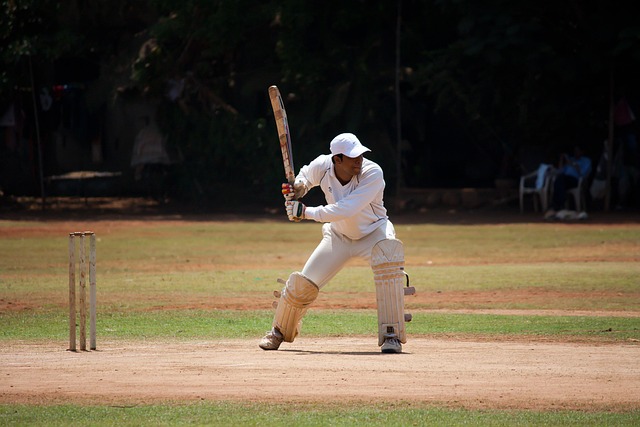
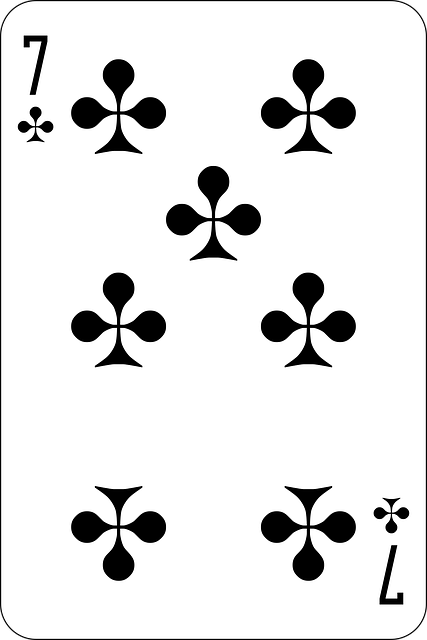


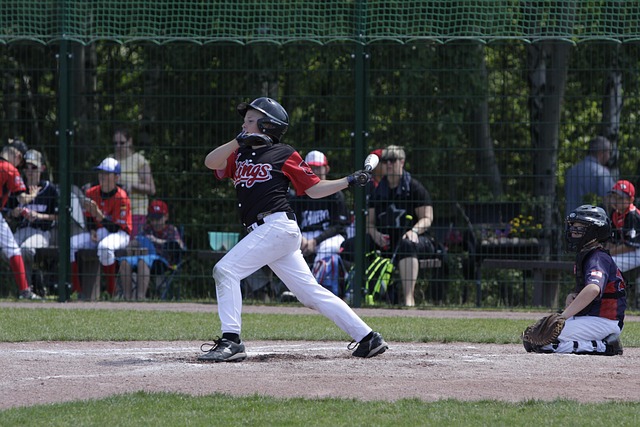

Leave a Reply